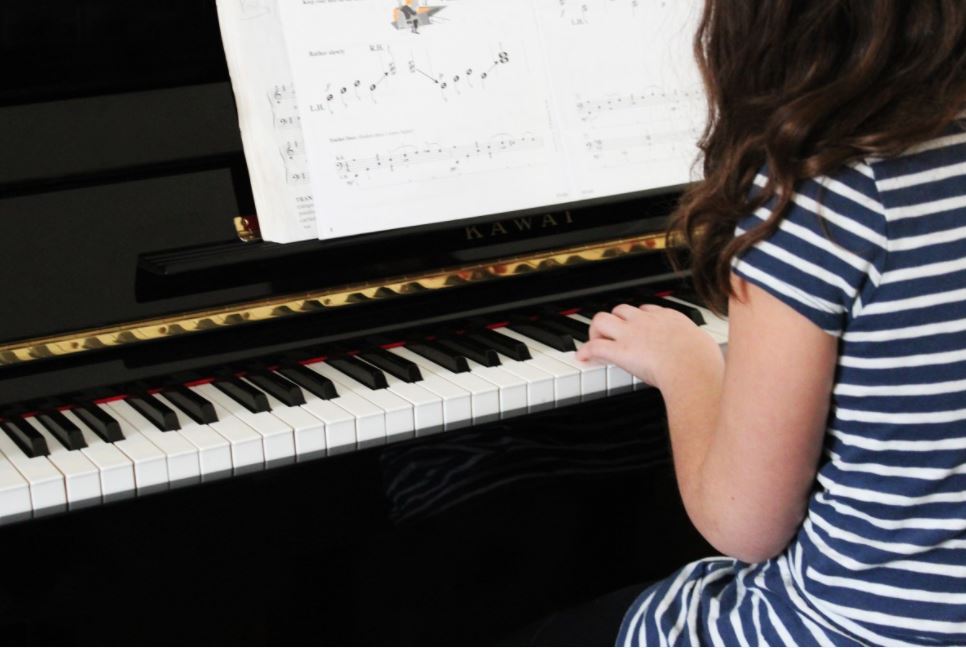Learning to play the piano is extremely fun but takes time and energy. Unfortunately, many piano learners don’t realize this fact and make unnecessary mistakes along the way. Most want quick results, while others become inconsistent with their studies. Enrolling in the right school programs like the music school programs at Pasadena Music Academy is important in eliminating these mistakes.
There is room for improvement as a beginner once you anticipate and avoid the various mistakes associated with piano lessons. So, to make the most out of your piano classes and avoid fruitless, extended sessions, check out these piano learning mistakes.
Use of Wrong Fingering Technique
It can be quite challenging to find the proper finger position on the keyboard as a beginner, not to mention that you might have extended problems using the right fingers for the keys. While each piece has its specific finger sequencing, the placement of fingers must be correct to obtain consistent results. For instance, placing your fingers accordingly while playing each piece allows your brain to record each sequence accurately. That way, you will have muscle memory every time you play that particular piece. Therefore, to boost confidence and reliability in your performance, you must learn correct finger placement habits.
The rule of thumb is to find finger positions that cause the least hand jumps. You can start by learning which fingers should be used for particular notes. The easiest way is playing segments with each hand before proceeding to use both hands. Repeat each segment multiple times until you are comfortable enough, then you can start using both hands for the segment.
Using Bad Posture
While practicing their routines, most piano learners don’t observe proper body posture. Bad posture is a harmful habit as it brings about stress to various muscles in your body. Having the habit of playing the piano in a proper position improves performance and makes it easy to learn new piano skills and habits. For you to maintain good posture, you must have a proper setup.
First, you should sit close to the edge of the bench. That means that the piano bench should be a bit far from the piano to make room for your legs. Your legs should sit flat on the floor, putting your knees at right angles. Your thighs should rather extend out than rest on the piano bench.
Another practice you can observe is to align your hand and shoulder. You can do so by pushing your shoulders back so that they align with your spine. Besides enabling you to reach all the keys, aligning your shoulders makes you less susceptible to back problems.
Stopping Revisions and Exercises
We see this problem all the time with most piano learners. Most students instantly move on to the next piece once they feel they’ve mastered the previous, forgetting to revise or practice them. Although learning new pieces is an incredible way of progressing, you should allocate enough time to practicing previous seasons. And learning should continue even after you’ve mastered the notes of a particular piece. You can do further experiments on different speeds, different dynamics, or other relative notes.
Taking Long Sessions
Most piano learners tend to cover as much as they can in one session. Others want to cover everything in a single session. While this might feel tempting to do, you might end up frustrated and with hurting fingers.
When starting your learning course, aim for short sessions of 10 minutes each. This will allow your muscles to adapt to new movements. In essence, shorter and daily practice sessions are better than longer, once-a-week sessions.
Trying to Master Things Fast
Everything in life takes time. Although you might have high expectations of yourself, you cannot master everything in one spot. The saying slow and steady wins the race also applies in piano sessions. It’s ironic that attempting to learn various notes faster consequently results in a slow learning process. To learn every piece faster, you must simplify your goals and lower your expectations.
Take it as a process. Spend a few minutes improving your skills, a few minutes learning new songs, and a few minutes learning a new technique.
Having learned the most common mistakes piano learners make, strive to avoid them whenever possible. That way, you can guarantee an enjoyable and results-oriented piano learning experience.

